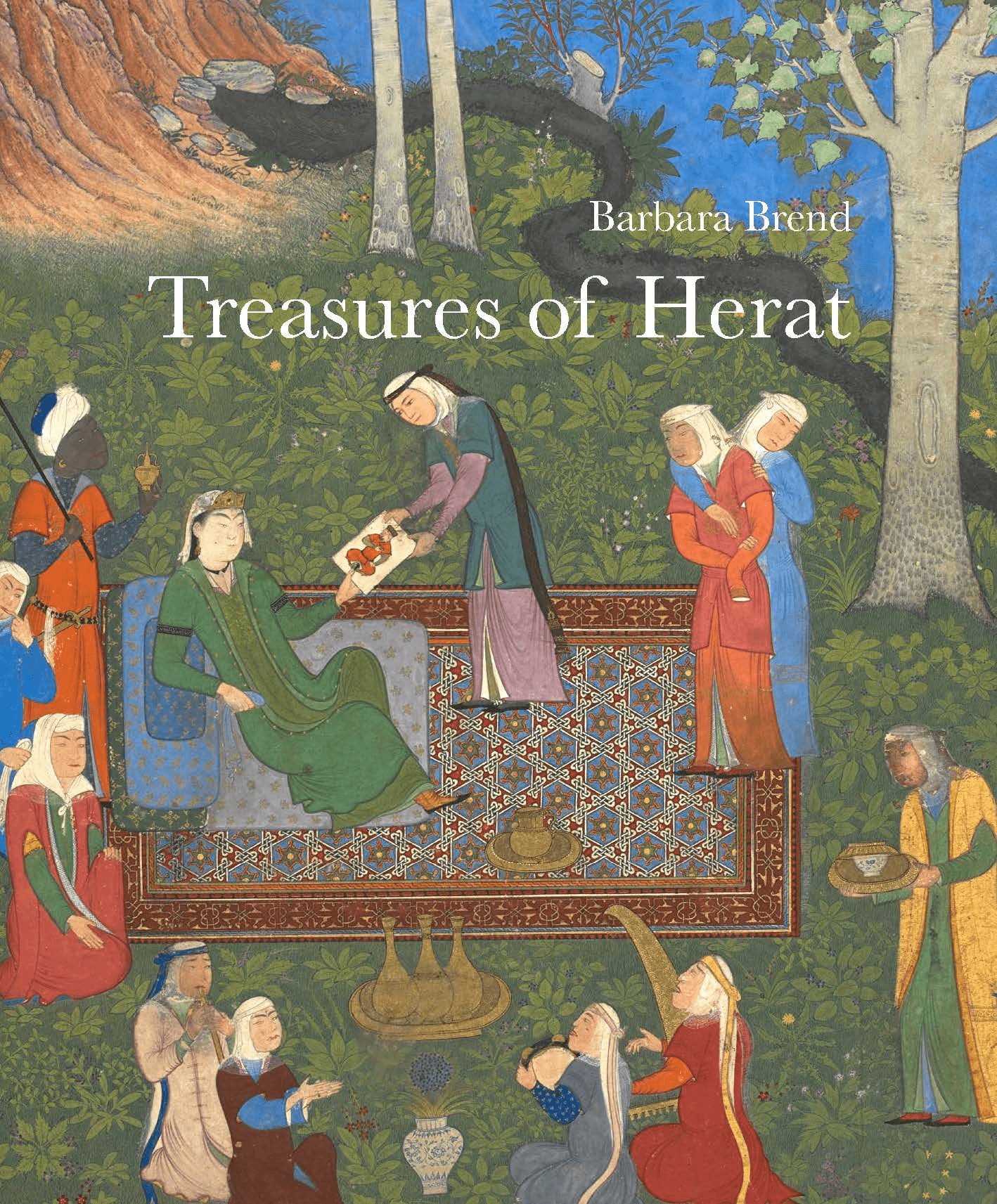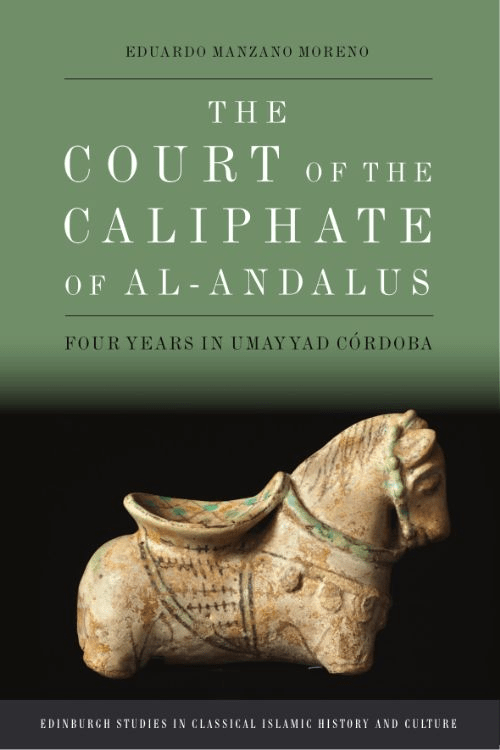
Crossroads of Cuisine: The Eurasian Heartland, the Silk Roads and Food
Dennis Keen
Paul D. Buell, E. N. Anderson, Montserrat de Pavlo Moya and Moldir Oskenbay.
2020, Brill Publishing, 978-9-00443-205-5, $159.00 hb.
“The story of the food of Central Asia is a story of travels, meetings, interactions, borrowings and trade.”
The steppes, deserts and mountains of Central Asia are well-known as the setting for the Silk Roads, but less familiar to a global audience are the hybrid cuisines the trade routes left behind. Amidst endemic orchards of apples and apricots, Chinese noodles came to be slurped from the hearty stews of Turkic, Mongolic and Persian nomads, while rice pilaf was washed down with “camel sweat tea.” In a book of astonishing ambition, Buell, a historian and Anderson, a human ecologist, set out to tell “the story of food in Central Asia,” a project that familiarizes the reader with thousands of years of foodways over a territory that stretches from the Caspian to Mongolia. Our omnivorous guides succeed by matching a rigorous academic foundation with enough gee-whiz enthusiasm to charm the general reader. Color photographs of the region’s people, bazaars and (of course) food bring the text to life, while dish-by-dish descriptions and recipes are sure to reward the most adventurous of home cooks.
You may also be interested in...

British Library’s 500-Year-Old Nizami Manuscripts Shed Light on Power of Art and Poetry in 12th-Century Herat
Persian and Mughal scholar and specialist Barbara Brend presents a comprehensive study of one of the most highly esteemed works of Persian Literature.
New Perspective Offered in The Court of the Caliphate of al-Andalus — Our Book Review
Author Eduardo Manzano Moreno gives life to a court scribe’s observations of Córdoba to offer a rarely explored view of the era